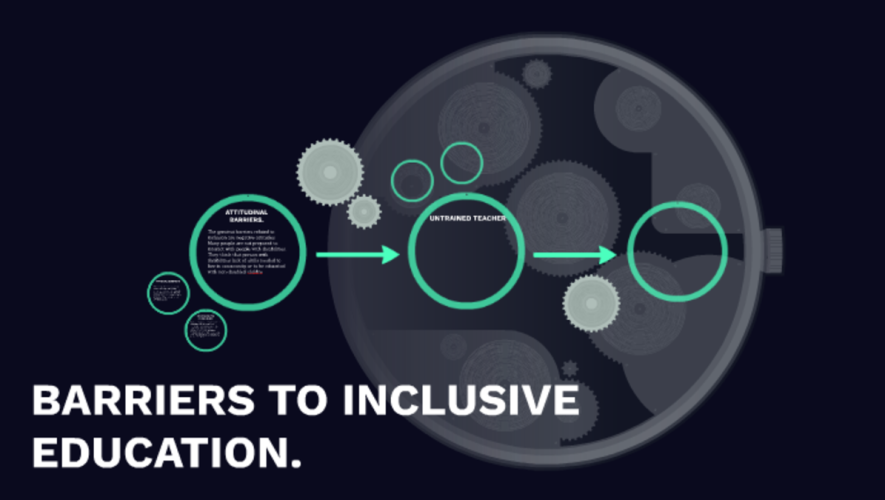
Challenges and Barriers to Inclusive Education
Physical Barriers, Attitudinal Barriers, Accessibility, Financial, Educational, Social, Emotional, Curriculum, Infrastructure, Pedagogical…..

Physical Barriers, Attitudinal Barriers, Accessibility, Financial, Educational, Social, Emotional, Curriculum, Infrastructure, Pedagogical…..
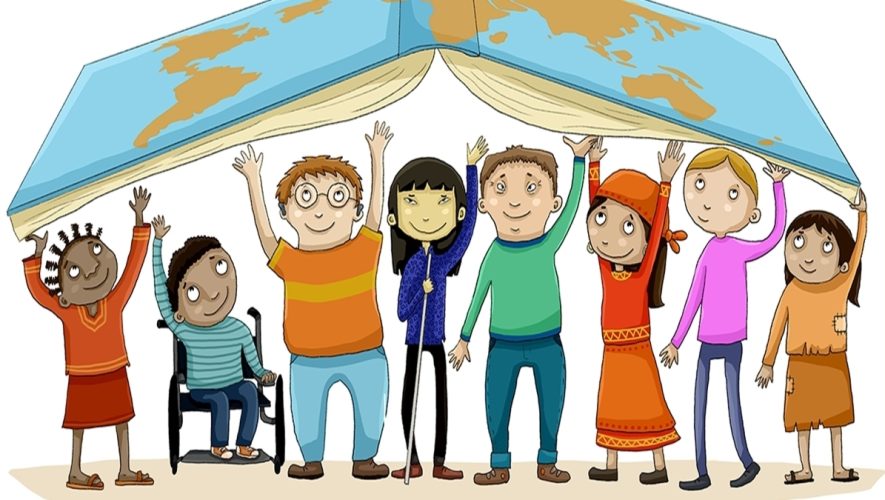
The community resources which are easily available for inclusive education include schools, teachers, peer groups, service clubs etc.
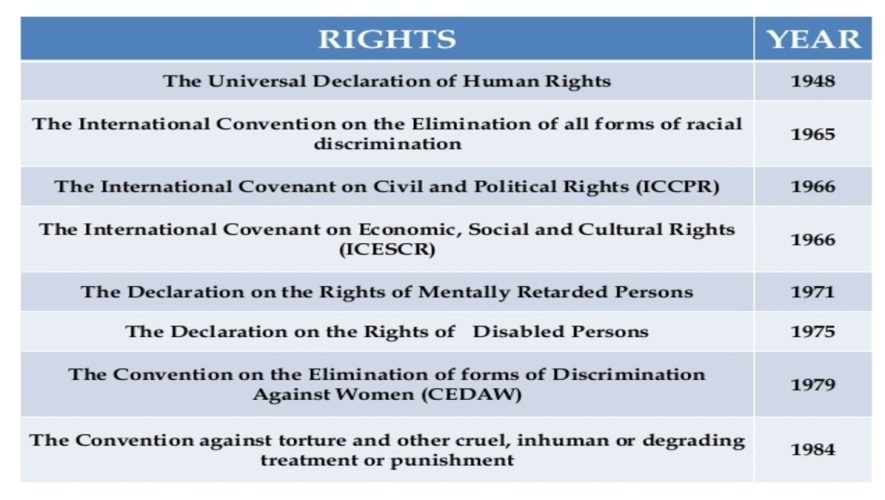
1971: Declaration on the Rights of Mentally Retarded Persons, 1975: Declaration on the Rights of Disabled Persons, 1982: World Programme of Action concerning Disabled Persons, 1991: Principles for the Protection of Persons with Mental Illness and the Improvement of Mental Health Care, 1993: United Nations Standard Rules on the Equalization of Opportunities for Persons with Disabilities, 1997: Equalization of Opportunities for Persons with Disabilities
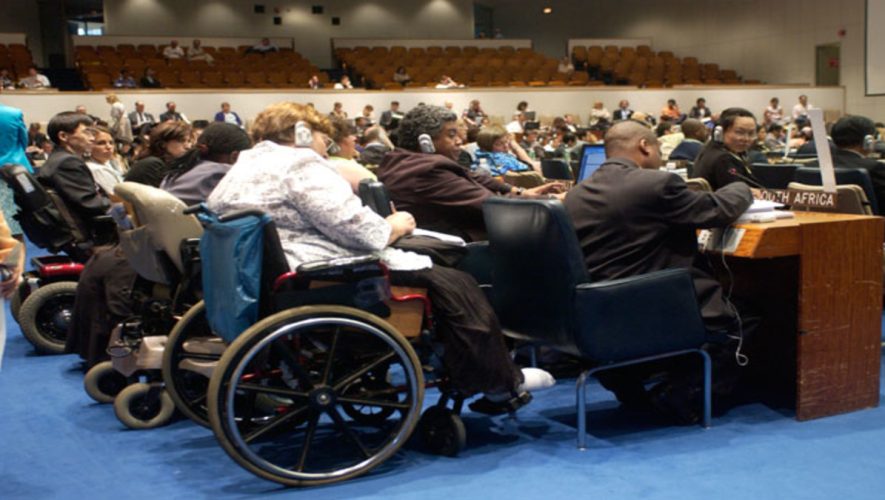
The United Nations General Assembly in its 2433rd plenary meeting on December 9, 1975 proclaimed the Declaration on the Rights of Disabled Persons, which provided the basic principles of action for The World Programme of Action concerning Disabled Persons.
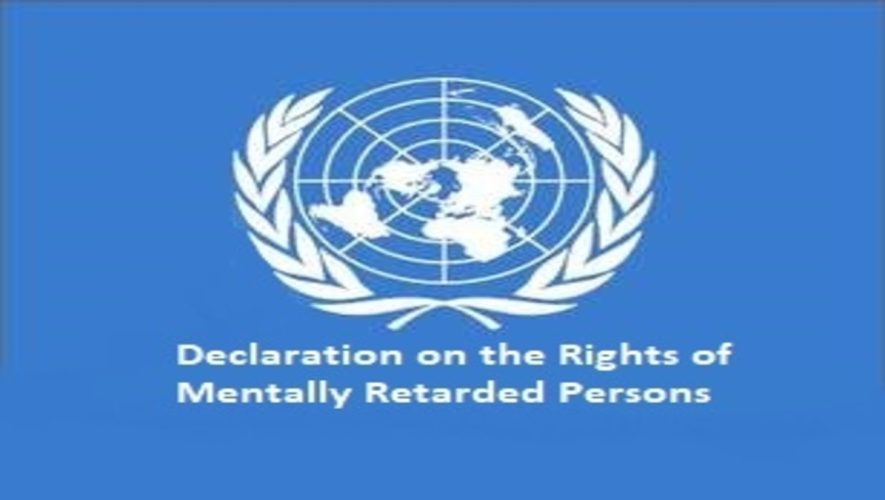
The United Nations General Assembly in its 2027th plenary meeting on December 20, 1971 proclaimed the Declaration on the Rights of Mentally Retarded Persons, which provided the basic principles of action for The World Programme of Action concerning Disabled Persons.
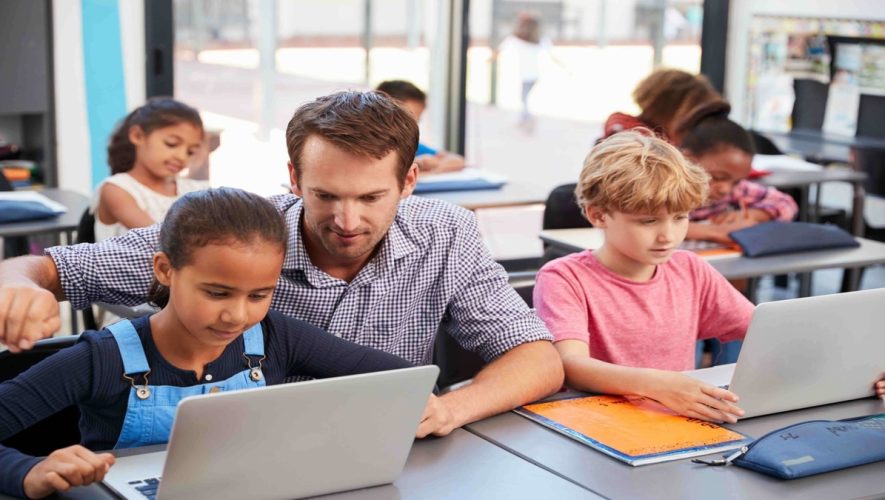
Utilizing different types of technology in classroom, including a virtual classroom, creates learners who are actively engaged with learning objectives.
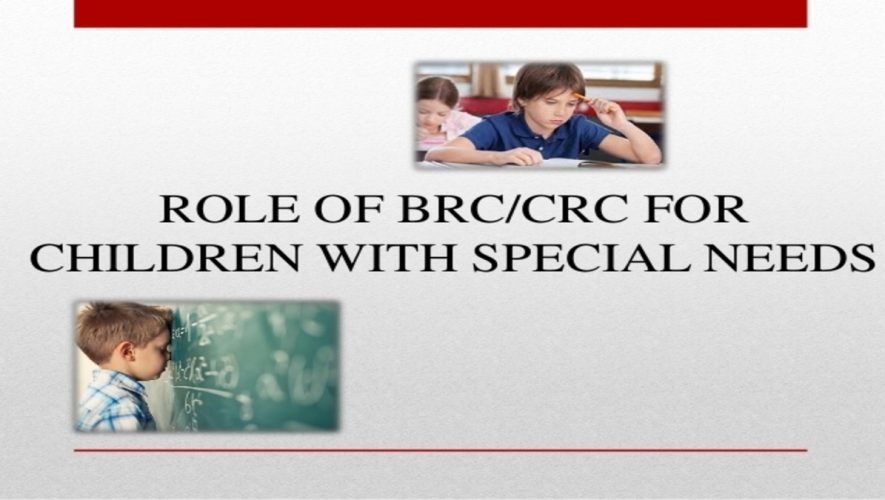
Block Resource Centres (BRCs) and Cluster Resource Centres (CRCs) were established in each block of every district under SSA to conduct in-service teacher training and to provide academic support to teachers and schools on a regular basis as well as to help in community mobilization activities.
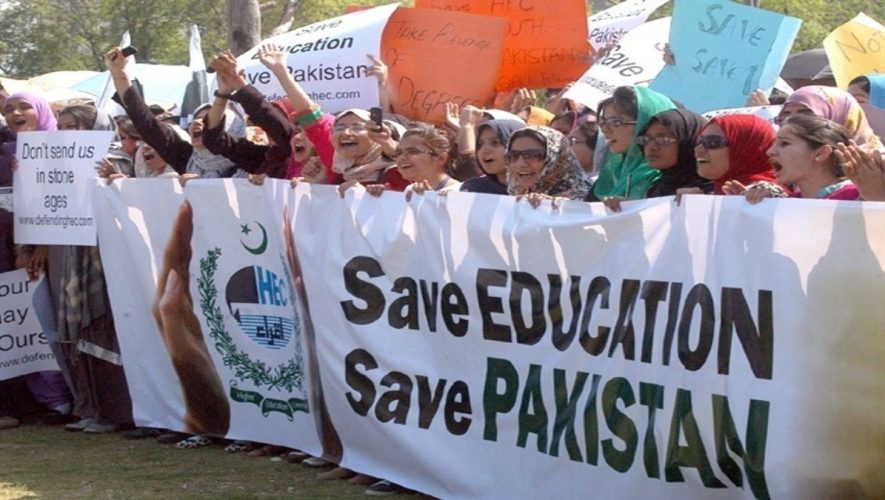
Problems of Education include Lack of Uniformity, Education without Direction, Outdated Curricula, Lack of Quality Teachers, Alarming Dropouts,
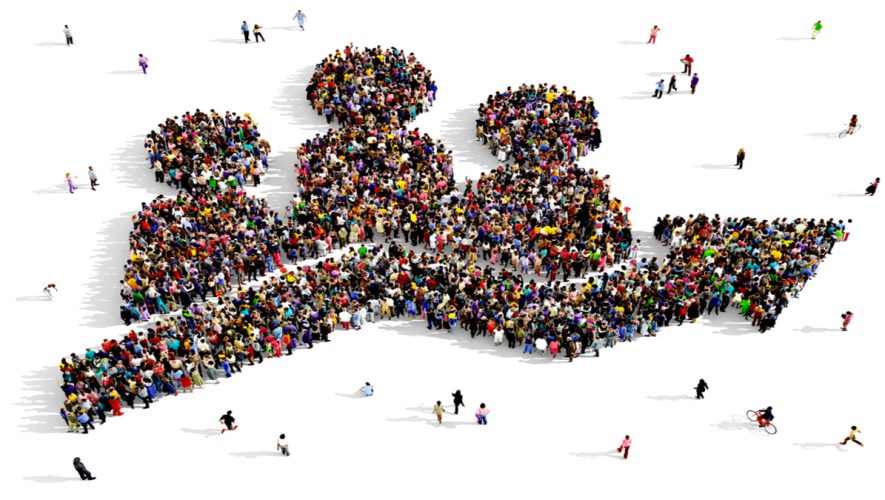
The term “population growth” refers to how the number of individuals in a population increases with time. This is controlled by birth and death rates.

Population education is an educational process, which helps individual to learn about population and population dynamics.